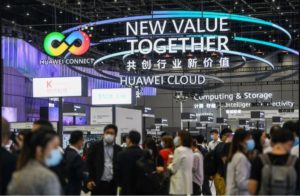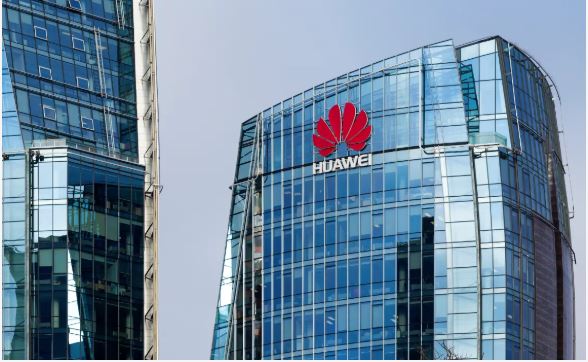
From its earliest years, the telecommunications equipment industry has been considered strategic by the governments of highly industrialized countries. As such, national champions have emerged including Alcatel in France, NEC in Japan, Siemens in Germany and Ericsson in Sweden.
In the US, the AT&T monopoly had its Western Electric unit that supplied equipment exclusively to its operating units and became the largest telecom equipment company in the world.
In recent years a new Chinese national champion, Huawei, has emerged. Since it started
in the late 1980s, Huawei has grown to dominate the industry, while Lucent, the equipment company that originated from Western Electric after the breakup of AT&T, no longer exists.
Huawei, with current revenues in excess of US$100 billion annually, dwarfs its remaining competitors Ericsson, Nokia and ZTE. Huawei combines an aggressive product investment strategy with global sales at prices lower than its competitors.
But underpricing competitors would have been futile if its products and the associated implementation services had not been excellent. How did such an industrial upheaval happen?
Economist Robert Atkinson, author of “Who lost Lucent?” in the American Affairs journal’s Fall 2020 edition, attributes a great part of this success to the financial support of the Chinese government and preferential access to the local market.
That is true, but while government support was essential, the company also benefited from outstanding management. Assembling excellent talent, the company channeled investment in a timely manner to deliver the products needed by the global carrier industry.

The company started with a strategy of emulating products of competitors and serving the local market, but technology leadership was the long-term objective as resources were added.
Recognizing that research resources were limited in China, the company recruited talented engineers globally, left them in place and integrated them in its product development programs. Huawei now has more than 100,000 engineers globally.
The company also demonstrated the ability to use advanced technology from all sources. In fact, it was the first to use in volume a very sophisticated network-management chip developed by one of the chip companies in my portfolio that was deemed too revolutionary by others in the industry.
Huawei has vastly more resources than its competitors for costly new product development. In fact, in new fifth-generation (5G) wireless technology, Huawei is setting the standard for product leadership because it made massive investments in the technology very early.
The company has also expanded into the consumer market. It is now the second-largest vendor of smartphones and is developing its own chips to offer proprietary products.
It is interesting to note that Huawei is not a monopoly supplier in China. The government-owned carriers in China maintain a competitive market, with both Ericsson and ZTE as suppliers in addition to Huawei.
The history of the industry might have been different with serious competition – if Lucent had been better prepared to meet the industry needs and had serious government support. In 1999, Lucent was the largest telecommunications equipment company in the world, with profitable revenues of $38.3 billion.

It incorporated Bell Labs as a great research resource, but it was ill-prepared to meet new global carrier needs driven by the internet and wireless communications. The reason was its pedigree.
As the monopoly supplier to the AT&T carriers, the product strategy was driven by their requirements. Focused on financial performance as a public company, product development costs were constrained.
The company made many acquisitions to fill the pipeline, but these proved disappointing. As a result, revenues fell to $12 billion in 2000. The company lost $16 billion in 2001 as revenues continued to drop.
Lucent eventually merged with Alcatel, and then was acquired by Nokia. No telecom equipment supplier exists in the US currently.
What of the future? Huawei’s success invites competition but telecommunications products are becoming more complex and ever more costly to develop. The capital needs are enormous.
As I noted in Asia Times in June, competitors hoping to gain market share will have to be nimble and have access to large resources to allow comprehensive product suites to be developed that are certain to be ever more complex.
Inevitably, government financial support will be essential on a large scale with multidisciplinary talents globally organized.









